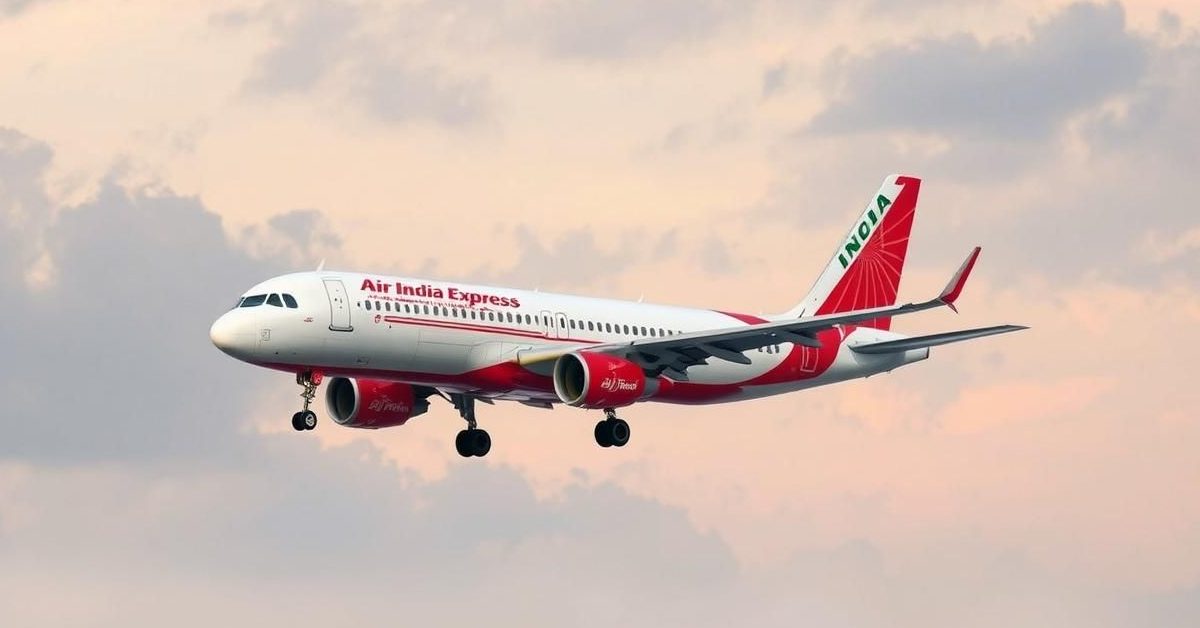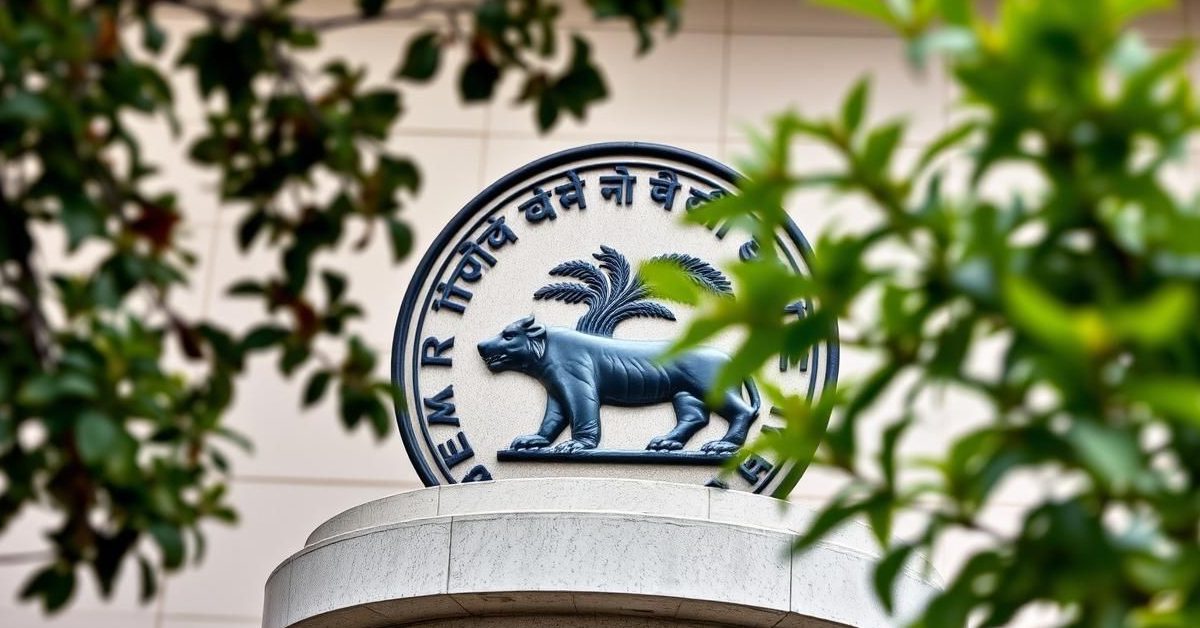The Directorate General of Civil Aviation (DGCA) recently identified 263 safety-related lapses during its annual audits of various airlines, assuring the public that such findings are “entirely normal” for large carriers.
Understanding the Audits
The DGCA conducts regular audits as a crucial part of its ongoing oversight responsibilities. These assessments are essential instruments designed to pinpoint areas for potential improvements within airline operations.
These audits align with international standards set by the International Civil Aviation Organization (ICAO) and global best practices. They are a core component of the Annual Surveillance Plan under the Safety Oversight Programme, aiming to enhance safety and ensure continuous compliance.
The Numbers Behind the Findings
A total of 263 safety lapses were identified across various operators. These findings are categorized to reflect their severity.
Out of the total, 19 were classified as “level one” findings, which indicate relatively more serious lapses that require immediate attention and corrective action.
Airlines and Their Findings
Government-owned regional airline Alliance Air recorded the highest number of lapses with 57. Air India followed with 51 findings, and regional carrier Star Air had 41 observations.
Other airlines with significant findings included cargo airline QuickJet with 35, Air India Express with 25, and IndiGo with 23. Vistara, which recently merged with Air India, had 17 lapses, while SpiceJet recorded 14. The audit process for Akasa Air is still underway.
- Vistara accounted for 10 of the more serious Level 1 findings.
- Air India had 7 Level 1 findings in its audit.
- Air India Express recorded 2 Level 1 findings.
Why More Findings are “Normal”
The DGCA emphasized that a higher number of audit findings is considered entirely normal for airlines with extensive operations and large fleet sizes. This perspective is based on the sheer breadth and depth of their activities.
Globally, aviation regulators routinely encounter similar patterns with major carriers. The diversity and intensity of their undertakings naturally lead to more observations during comprehensive audits, reflecting the scale of operations rather than unusual lapses.
The Path to Correction
Upon completion of an audit, affected airlines are formally notified of the findings. They are then required to submit timely reports detailing their compliance and the corrective actions taken.
The DGCA closely monitors these responses to ensure all necessary measures are implemented effectively. This robust process is crucial for maintaining and continuously enhancing safety standards across the Indian aviation industry.
The regulator reassures the traveling public that the presence of these findings is a testament to active regulatory oversight and a commitment to transparency and safety.














